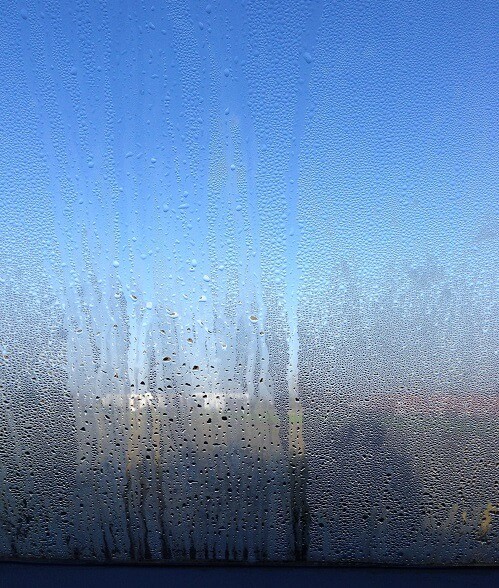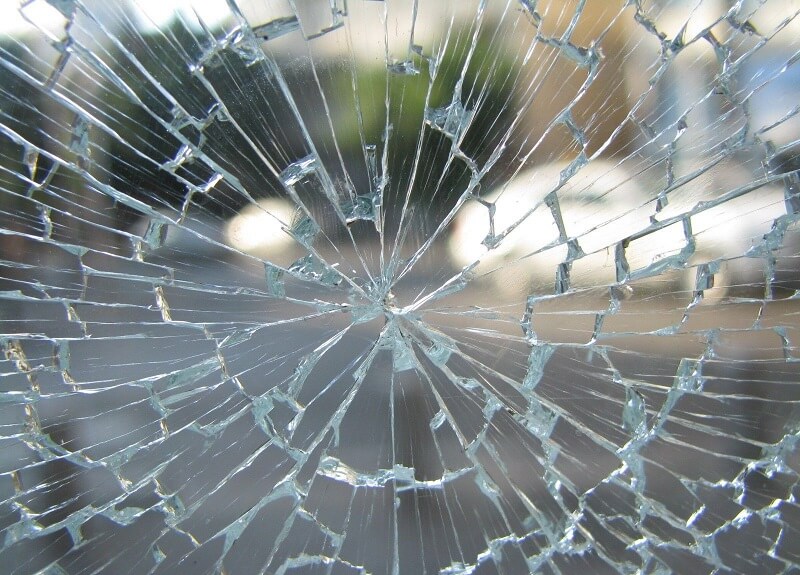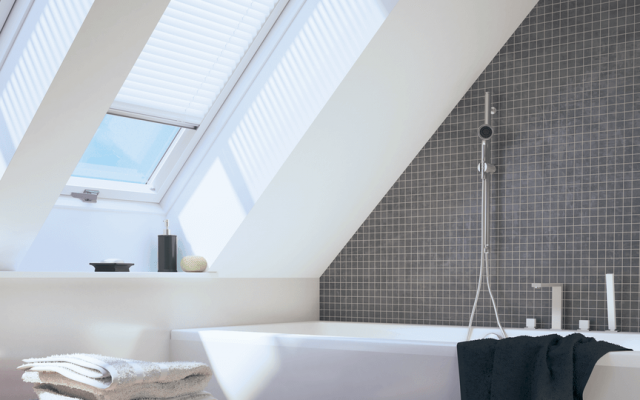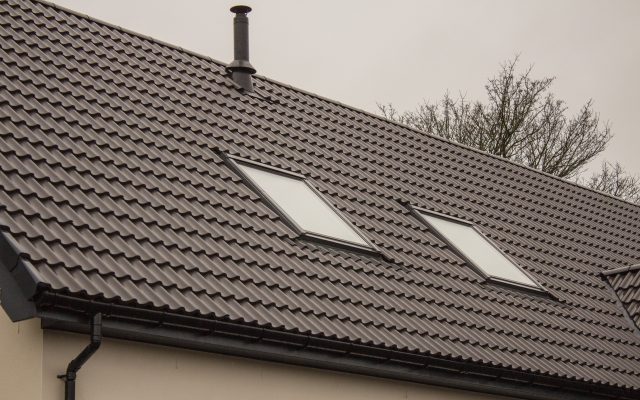Triple glazing benefits
Triple glazing has a number of benefits over double glazing:
Increased thermal efficiency
Three panes, each with a layer of gas between, means triple glazed windows are more insulative than double glazed. It’s harder for heat to escape in winter, and heat to enter in summer.
Improved thermal efficiency keeps heating bills down.
Noise reduction
Second to thermal efficiency, noise reduction is one of the most popular reasons for choosing a triple glazing window. Particularly helpful for houses built on busy roads, for example, the three panes make it more difficult for sound to pass through the glass when the window is closed.
Condensation reduction
While triple glazed windows can still suffer from condensation, the improved thermal efficiency reduces the risk. It helps to keep the internal temperature up, so moisture in the air is less likely to condense on the glass.
Find out more about stopping window condensation in our blog.
Added security
With three layers of glass, triple glazed windows are harder to break. This makes a home more secure.
This is especially helpful when paired with laminated glazing, which you can learn more about below.
Read our roof window security tips if you’re looking for a roof window that provides the best security.
Added sale value
Homes or buildings with triple glazing can often be put on the market for a higher price – or simply have increased curb appeal to make a good sale more likely.
Disadvantages of triple glazing
The disadvantages of triple glazing are:
- More expensive than double glazing
- They are heavier, so will require purpose-built window frames
For many people, the benefits of triple glazing outweigh the drawbacks, but if cost is a significant factor, double glazing can provide a viable alternative if the regulatory requirements (eg. U-value) can be still achieved.
Laminated Glazing
Laminated glazing is a type of safety glass that has a thin polymer layer that keeps the glass together if it breaks. It reduces the risk of injury from shattered glass and adds security.
Someone attempting to break a window to gain entry to a building cannot do so.
Laminated glazing can be combined with double or triple glazing. Our Ultima Energy windows, for example, feature laminated triple glazing while our security roof windows include an improved laminated double glazing.
Toughened glass
Toughened glass, or toughened glazing, is glass that has been heated and cooled to specific temperatures in order to strengthen it. It’s sometimes called tempered glass. It’s up to five times stronger than ordinary glazing.
It’s an important safety feature that helps to reduce window breakages and can provide additional security.
All our roof windows at Dakea include toughened glazing.
Window glazing gas types
In double or triple glazing, there is a layer of trapped gas between each of the panes, known as the glazing cavity. This provides an insulating layer that improves the energy efficiency of the window.
There are four types of gas used in window glazing: dehydrated air, and inert gases which are argon, krypton and xenon.
Dehydrated air
Initially, when double glazing was first invented, manufacturers used dehydrated air in the cavity. This is air that has had the moisture removed, which means it has a higher thermal efficiency than standard air. However, you rarely find this in modern window glazing options. Compared to inert gases, it’s significantly less effective.
Argon
Argon is a form of inert gas – meaning it doesn’t undergo a chemical reaction when conditions change, such as temperature. The thermal conductivity of Argon is 33% better than air. It is very common in double and triple glazed windows as it’s relatively inexpensive, while still having good insulative qualities.
Krypton
Krypton is even more effective than argon, although more expensive. The insulative effect of krypton is 40% better than argon and 65% better than air.
It’s a denser gas, meaning that as heat comes into contact with it, it’s more difficult for the molecules to interact. Therefore, it reduces heat loss through the window. Like argon, it’s commonly found in domestic windows. Windows that use krypton will be highly insulative and provide some of the best energy efficiency.
Xenon
Xenon is not commonly used in domestic window glazing, but it is sometimes used in commercial or industrial windows designed for speciality applications.
It is extremely dense, but is also extremely expensive.
What to look out for
When it comes to window glazing, you should ensure your double or triple glazed windows either use argon or krypton. If you’re on a tight budget, opt for argon gas as this will keep the cost down while still providing good thermal insulation.
If you’re looking for a highly efficient window, look for one that uses krypton as the cavity gas. This is the most thermal efficient choice for your glazing. It will help to keep energy bills down and reduce CO2 emissions.
Window glazing energy ratings
There are other metrics that can be used to measure the energy rating of a window and its glazing, but the most commonly used is u-value.
U-value
U-value defines how much heat is lost through the glazing, sometimes known as the heat transfer coefficient, or thermal transmittance coefficient. The lower the U-value, the more energy efficient a window is.
Ug is the U-value of the pane specifically. Uw is the U-value of the window as a whole.
At Dakea, the Ultima Energy roof window has our lowest Ug value at 0.5 W/m2 K.
Dakea’s window glazing options
| Window range |
Glazing type |
Gas |
Ug (W/m2 K) |
| Ultima Energy roof windows |
Triple, toughened, laminated |
Krypton |
0.5 |
| Azure flat roof windows |
Double, toughened, laminated |
Krypton |
1.3 (horizontal) |
| Good roof windows |
Double, toughened |
Argon |
1.0 |
| Optima roof windows |
Double, toughened, laminated |
Argon |
1.0 |
| Better Energy roof windows |
Triple, toughened |
Argon |
0.77 |
| Better Safe roof windows |
Double, toughened, laminated |
Argon |
1.0 |
| Secure White roof window |
Double, toughened, laminated* |
Argon |
1.0 |
* This includes 4 tear-resistant foil layers for improved safety and security
Interested in a window? Get in touch and request a quote. We’d be happy to help.





